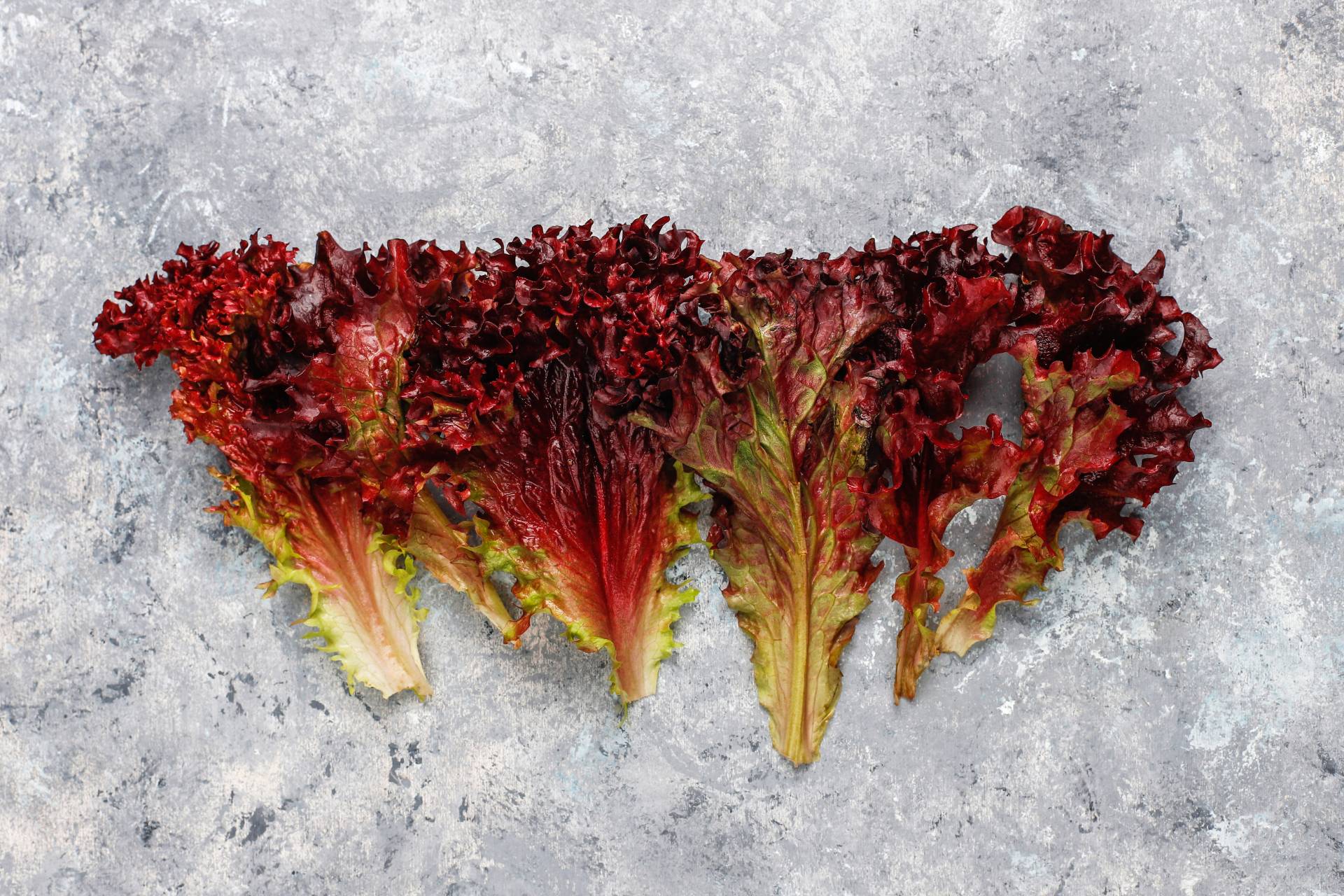

Beet Curly Top Virus is known by a number of names. This includes BCTV and Curly Top Virus. According to New Mexico State University’s Agricultural Extension, BCTV can be found in the western United States, as well in Mexico and Canada. Typically, this virus thrives in warmer climates, allowing the transmission from plant to plant or host to plant.
Despite the inconspicuous sounding name, this virus can impact a range of different plants. Normally found in vegetable crops like beets, tomatoes, and beans, it can also be found in cannabis and hemp plants.
According to The University of Arizona’s Cooperative Extension, “BCTV is a member species of Curtovirus in the family of Geminiviruses. It is a small DNA virus (less than 50 nm; 1 nm = 25 millionth of an inch) that has circular single stranded DNA genomes (approximately 2,800 base pairs) encapsulated in two small virions.”
Similar to other viruses, Beet Curly top virus is spread by hosts that carry the virus from one plant to another. Namely, the beet leafhopper, a small winged insect, is known to spread the virus among crops. According to Nebraska’s Institute of Agriculture and Natural Resources, “The vector can acquire the virus after several minutes of feeding on an infected plant, and may transmit the virus for a month or longer.”
Beet Curly Top Virus has a number of different symptoms that can identify the virus. These symptoms can range in severity depending on factors such as strain, genetics, and growing conditions.
Cannabis and hemp plants infected with Beet Curly Top virus will show symptoms in their leaves. These symptoms can vary from plant to plant but can include upwards curling of the leaves, yellowing in color and possible deformation. Some plants may even develop purple veins in the leaves.
Symptoms in the stalks can also indicate if a plant has Beet Curly Top Virus. Stalks may suffer stunting while growing. This symptom, coupled with the indications from the leaves can point towards Beet Curly Top Virus.
Additional symptoms of the virus can also include fruit deformation, reduction in quality, poor yields, and the death of infected seedling plants. However, despite the numerous physical indicators of Beet Curly Top Virus, the virus can be detected before it begins to cause serious damage.

hen it comes to testing for Beet Curly Top Virus, Verne Bioanalytics has you covered. Our state of the art technology places the power of testing directly into your hand. Our I-Test and WE-Test models allow growers to test for viruses like Beet Curly Top, helping remove the guesswork.
Getting started is easy. Simply reach out by using our Contact Us page directly on our website. One of our staff members will reach out to discuss with you one on one what model will work best for your needs. With the help of Verne Bioanalytics, the possibilities are endless.
Goldberg, Natalie, et al. “Curly Top Virus | New Mexico State University – BE BOLD.
Shape the Future.” Publications, June 2021, https://pubs.nmsu.edu/_h/H106/. Accessed 13 February 2023.
Harveson, Robert. “Beet Curly Top | CropWatch.” CropWatch, 2020, https://cropwatch.unl.edu/plantdisease/sugarbeet/beet-curly-top. Accessed 13 February 2023.
Hu, Jihuai, and Robert Masson. “Beet Curly Top Virus In Industrial Hemp.” Cooperative Extension, June 2021,
https://extension.arizona.edu/sites/extension.arizona.edu/files/pubs/az1931-2021.pdf. Accessed 13 February 2023.

to receive updates and news on our products, events and promos!